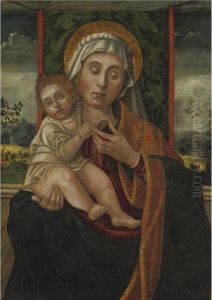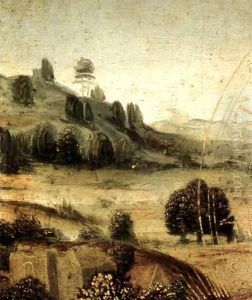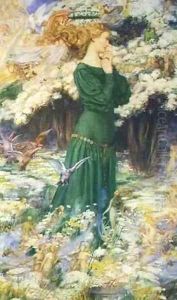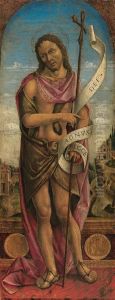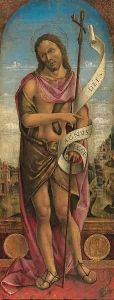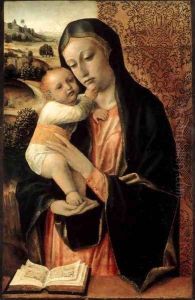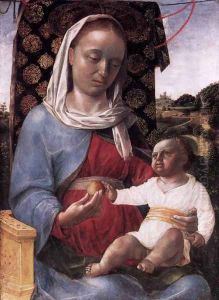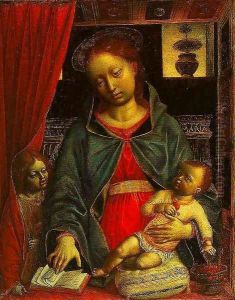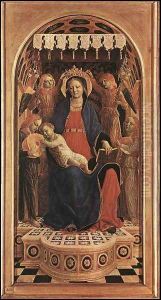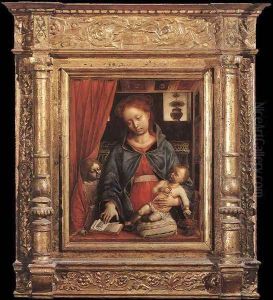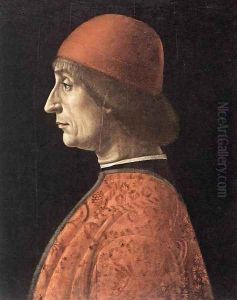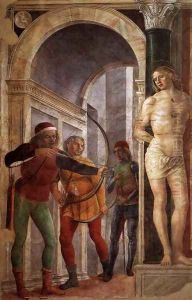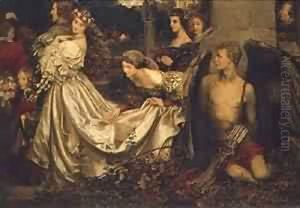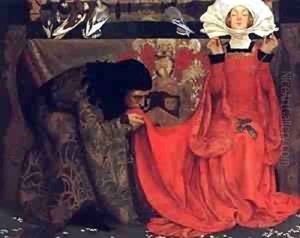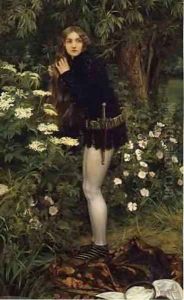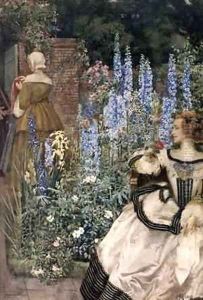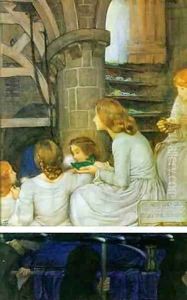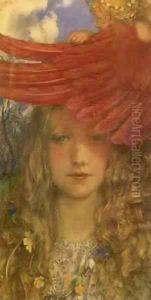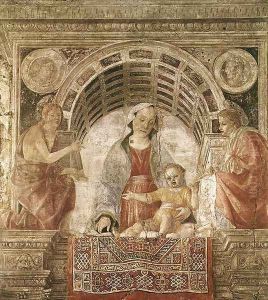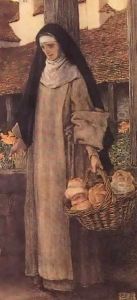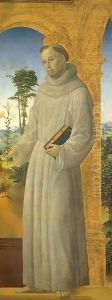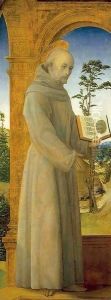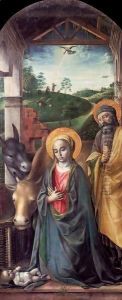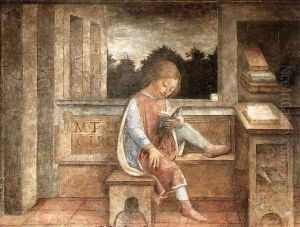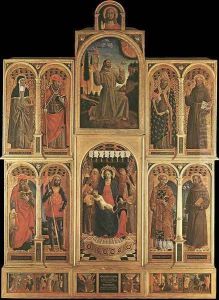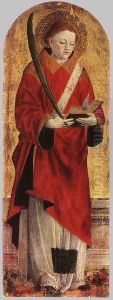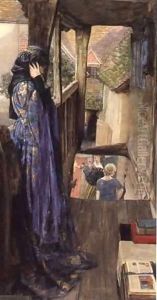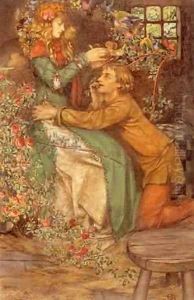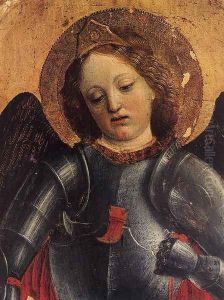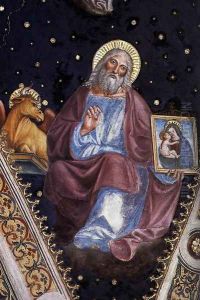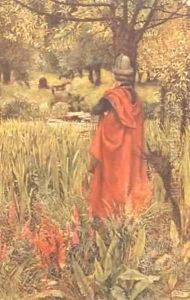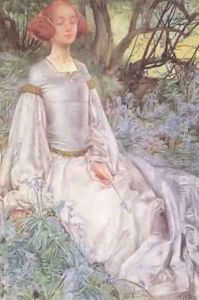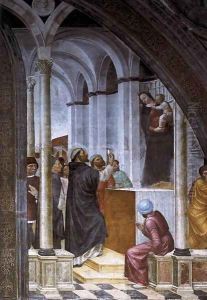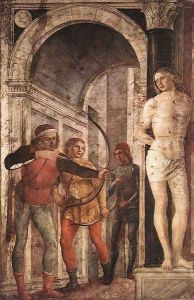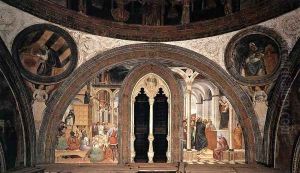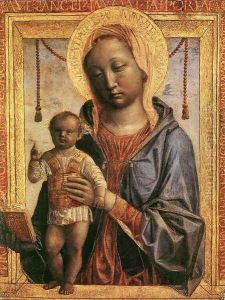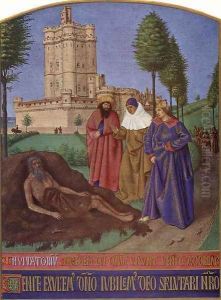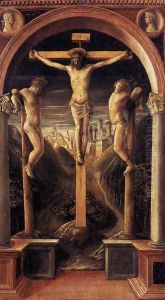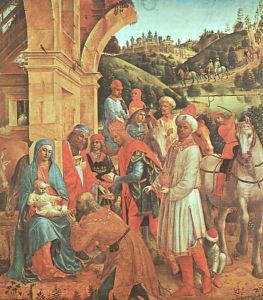Vincenzo Foppa Paintings
Vincenzo Foppa was an Italian painter active during the Renaissance, who played a significant role in the development of Lombard art in the 15th century. He is considered one of the foremost Lombard painters of his time, although details about his early life and training are not well documented. Foppa is believed to have been born in Bagnolo Mella, near Brescia, in the Lombardy region of Northern Italy, sometime between 1427 and 1430.
Foppa's work is characterized by its use of perspective and strong, sculptural figures, reflecting the influence of the Florentine and Paduan schools of the time. His paintings often display a skilled use of light and shadow, contributing to the sense of three-dimensionality in his compositions. Although he was influenced by other Italian masters, Foppa's style remained distinctive, with a particular emphasis on clarity and a somewhat austere use of color.
Throughout his career, Foppa worked on various large-scale commissions, including fresco cycles for churches and chapels. One of his most significant works is the fresco cycle in the Brera Madonna Chapel at the church of Santa Maria in Brera, Milan, which is unfortunately now lost. However, other important works have survived, such as the frescoes in the Portinari Chapel in Sant'Eustorgio, also in Milan, and his 'Madonna of the Book.'
During the latter part of his career, Foppa was highly regarded and received commissions from prominent patrons, including members of the Sforza family, who were the ruling dynasty in Milan. Despite his success, later in his life, he faced financial difficulties and was overshadowed by the new generation of artists such as Leonardo da Vinci.
Foppa's exact date of death is uncertain, but it is believed that he died sometime between 1515 and 1516. His legacy lived on through his influence on later Lombard painters, and he is remembered as a leading figure in the Early Renaissance movement in Northern Italy.
